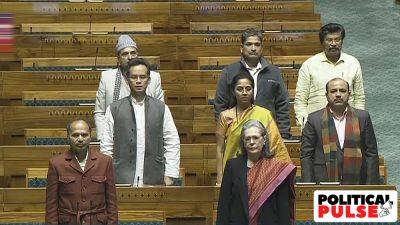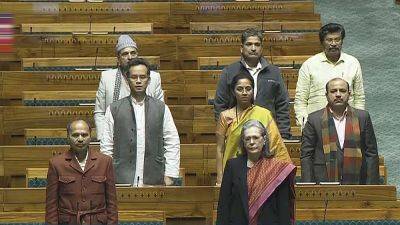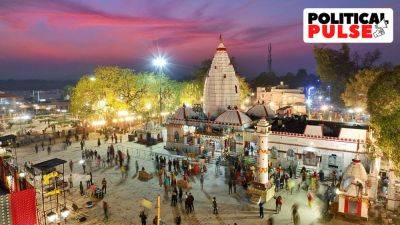Ram Temple and popular belief: What early European travellers wrote about Ayodhya
Early accounts of European travellers cited by the Supreme Court in its 2019 Ayodhya title suit judgment and a just-released book on Ayodhya by former Rajya Sabha MP Balbir Punj of the BJP record popular beliefs in the temple town that a castle or temple devoted to Hindu deity Ram once stood there.
Interestingly, at least two early travellers and evidence adduced by Punj from other books on the subject suggest that Aurangzeb, rather than Babur, was held responsible for the purported demolition by most of the folklore. Some, however, blamed it on Babur, say the accounts of travellers, largely because of an inscription there attributed to Mir Baqi.
While the first account of a European traveller, William Finch, who visited India during the reign of Jahangir, talks about “ruins of castles and temples”, another account penned decades after Aurangzeb’s death records most people accusing the sixth Mughal emperor of destroying remnants of the memory of Ram.
William Finch arrived in India in August 1608, landing in Surat, and wrote about his Ayodhya visit. The account has been taken from William Foster’s book Early Travels in India. Finch visited Ayodhya between 1608 and 1611, when Jahangir ruled the Mughal empire. Calling Ayodhya a “city of ancient note”, Finch says, “Here are also ruins of Ranichand’s castle and houses, which the Indians acknowledge for the great god, saying that he took flesh upon him to see the tamasha of the world. In these ruins remain certain Brahmins, who record the names of all such Indians as wash themselves in the river running thereby; which custom, they say, hath continued for four lakhs of years (which is three hundred ninety four thousand and five hundred years before the world’s creation). Some two







